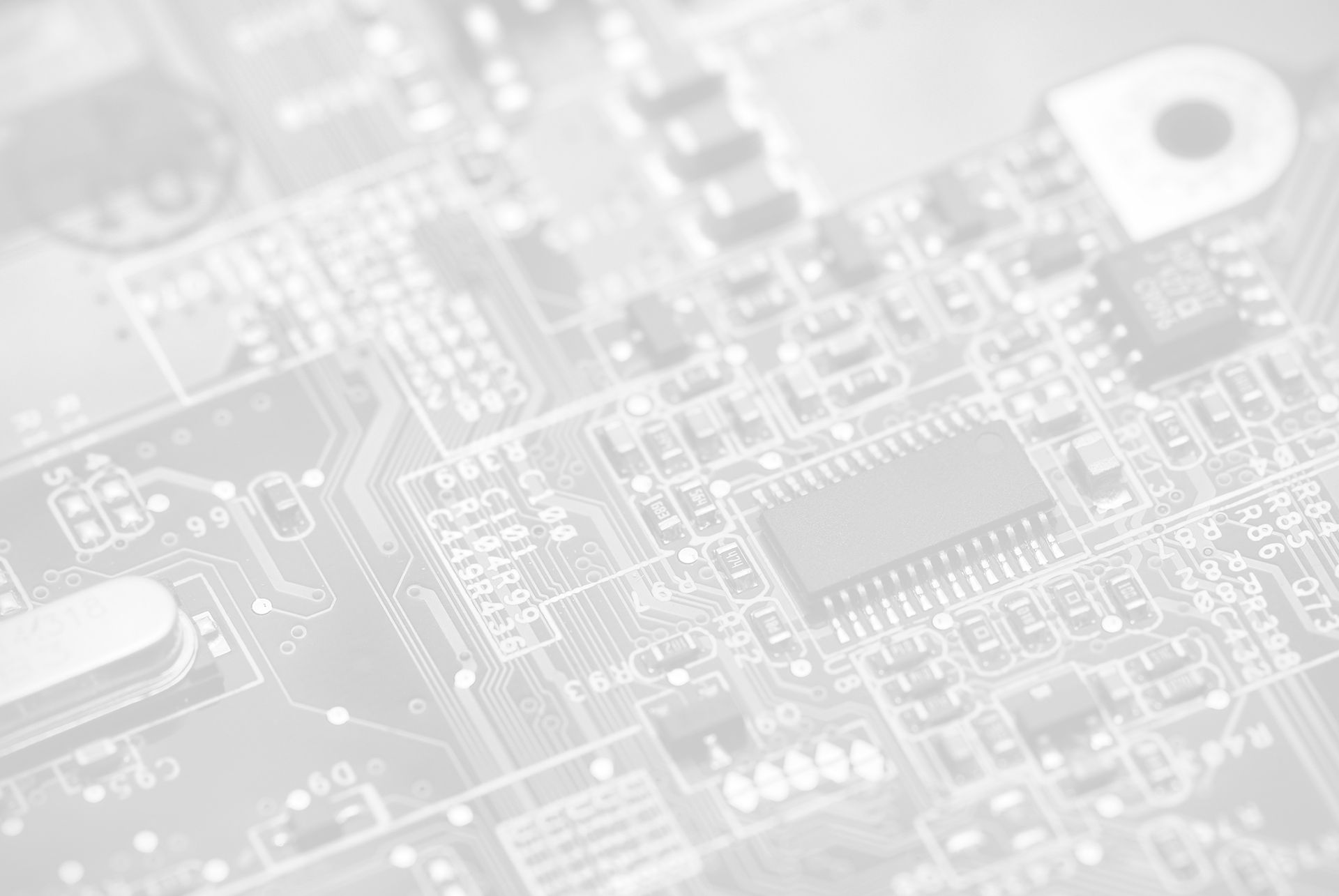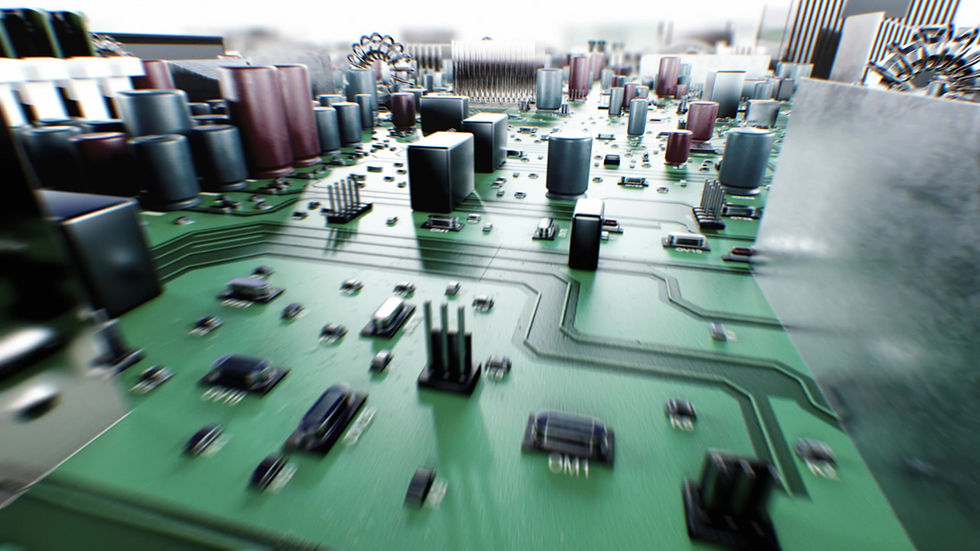

Phonon Equipment is compact portable and easy-to-instal modular equipment:
Phonon software, Control computer, Data acquisition module, Magnetic holder, Radio Synchronisation module and Phonon emission transducer
Transducers detect signals from phonon emission sources
Phonon software processes signals and localises position of the sources on the component
100% coverage of volume and surface of the inspected component
PHONON DIAGNOSTICS EQUIPMENT

PHONON DIAGNOSTICS TECHNIQUE (PDT) INCLUDES:
Phonon desk set-up, determination of installation location of phonon emission transducers and following inspection steps.
The inspected object is divided into sections up to approx. 1 km long, in case if phonon emission transducers are installed right on the surface of inspected component.
It is possible to carry out inspection of longer areas using waveguides– concentrators of phonon emission (so-called "phonon crystals").
Phonon emission transducers are installed on cleaned object surface in pits.
The duration of the phonon monitoring of each site is usually from 1 to 4 hours depending on the geometry and operating conditions of the facility.
During first steps of inspection
A Phonon Diagnostics mathematical model of the object is developed and so-called full-scale calibration for each area of the object are carried out .
Phonon emission active areas are image on phonon maps presented in object drawings in real-time during monitoring.
Active areas position determines the places of known defect formation, unknown defect formation, as well as indications of other character. Thus, by occurrence, position and intensity of an active area, the analysis of defect formation and spatial localization of defects along the length of the pipeline is carried out, a phonon map is created for each inspected area.
Next step
Next step is a detailed analysis of each phonon-active area performed with the help of the Phonon software. This process determines the way of phonon emission distribution in each area. The physical processes occurring in the defective areas, dimensional characteristics, activity and severity of defects are evaluated based on the analysis results, the further development of defects is forecast.
Phonon Diagnostics Technique is implemented as follows.
Phonon emission sensors should be installed on the inspected component. Data collection units should be connected to the power source. Phonon software should run. Radio synchronization system should be installed to connect PET systems, the protection of radio channels against industrial interference should be evaluated. PET and data collection units should be connected. Inspected object should be calibrated using ready-made models and unique data for each facility. Test monitoring should be performed for 30 minutes to determine the accuracy of calibration for the inspected object and the operability of phonon emission sensors in the data collection mode and the quality of the received signals in the information processing mode.
Next step is approx. 2 hours Phonon Diagnostics monitoring including collection and processing of information to assess the operation of the registration scheme. If necessary, the monitoring time can be increased.
Phonon Diagnostics Technique does not require mechanical movement of equipment on the facility surface. There are no obstacles to inspect pipeline sections with curved bends, pipes with complex geometric shapes, flanged connections, elbows, etc.
Despite the fact that Phonon Diagnostics is not a scanning, but a screening technique, its results are not only comparable to conventional diagnostic techniques (including in-line inspection), but also surpass them by a number of measures.
Phonon Diagnostics Technique (PDT) provides quick and hight quality of information processing, reducing of preparation and inspection terms, reducing the complexity of inspection and results processing; this contributes to the expansion of technique application areas.
Since Phonon Diagnostics Technique (PDT) can be provided during operating of a facility, there is financial optimisation upon the work completion.
Phonon Diagnostics Technique allows to carry out a real-time inspection of physical processes occurring in the structure.
Distribution, level, intensity, concentration and other parameters of phonon emission determine the state of the material, characterize the technical condition of the structure.
Unlike in-line inspection, Phonon Diagnostics Technique does not imply significant costs for pipeline preparation and allows to reduce customers costs.
Phonon Diagnostics Technique is actively developing and it’s successful applied on different types of facilities including pipelines, piping, risers, pressure vessels, structures, etc.
PHONON DIAGNOSTICS TECHNIQUE (PDT) STEPS
1. PREPARATION:
Preparation of obtaining of information that will be used to design the facility mathematical model, selection of configuration, presettings and theoretical calibration, mobilisation of inspectors and phonon equipment.
2. PRELIMINARY INSPECTION:
Updating or settings and performing calibration of equipment, processing and analysis of phonon diagnostics data on site.
3 . PHONON MONITORING:
Real-time data acquisition using phonon equipment.
4. PHONON DATA PROCESSING :
Processing and analysis of the gathered data, final reports preparation.
© 2024 Phonon Diagnostics. All rights reserved.